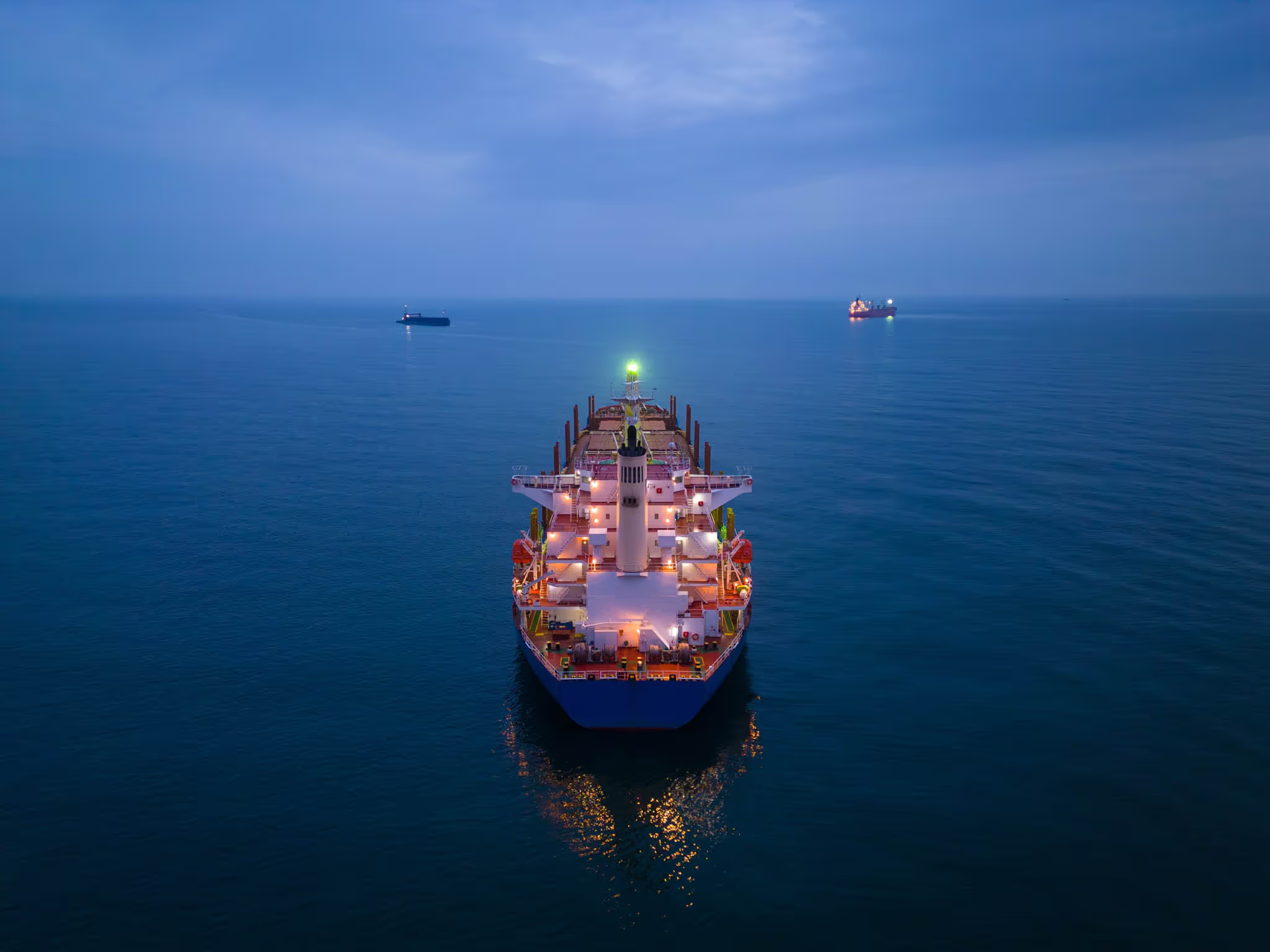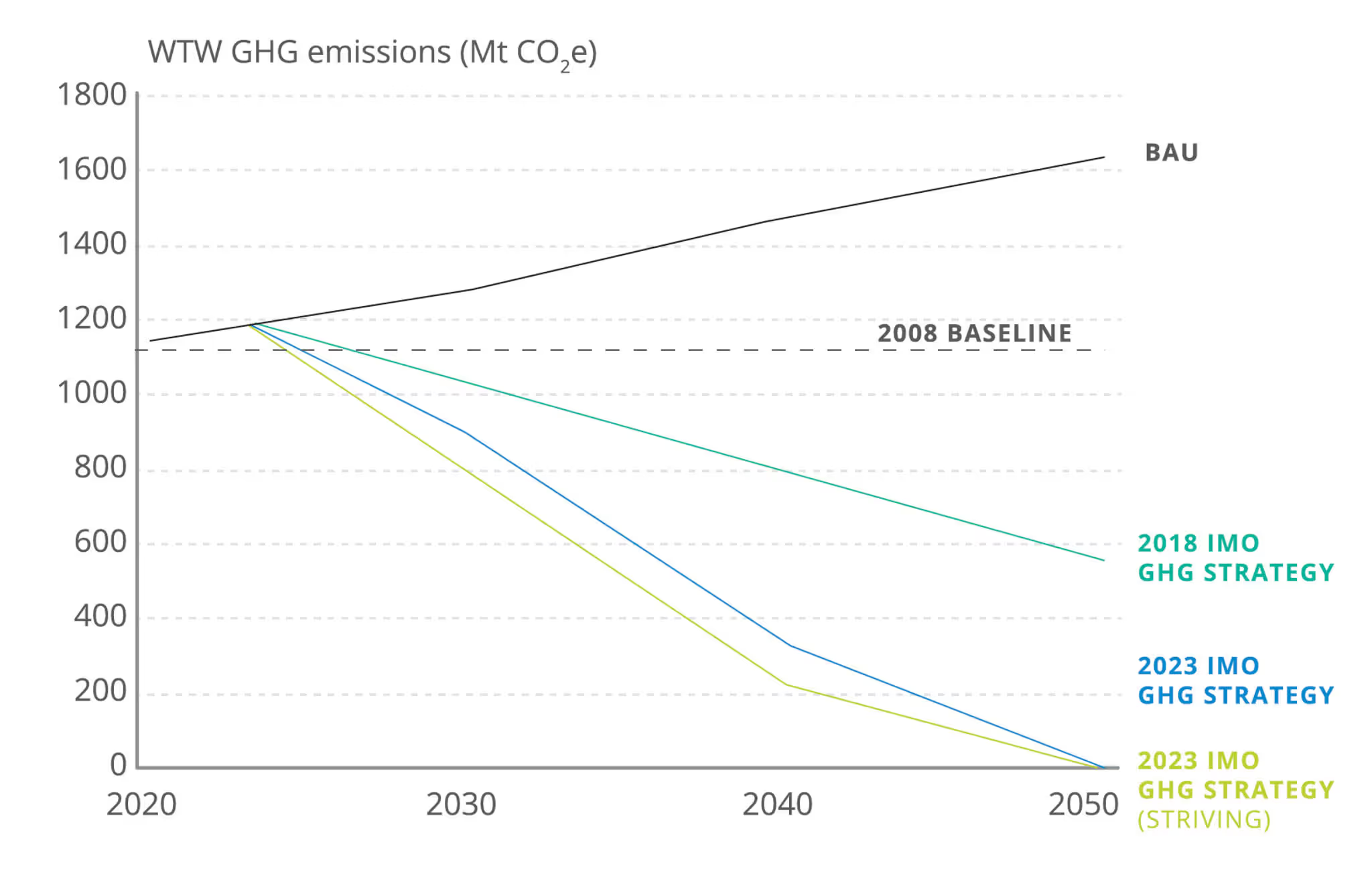

The launch of the National Transport Research Organisation (NTRO) in December 2022 signalled the emergence of the only national entity undertaking applied research and project/policy based advisory work across all modes of transport – road, rail, ports and airports – throughout Australia and New Zealand.
The NTRO Ports division focuses on not only the here and now – applying the incredible research and technical project-based skills gathered over 60 years to the port sector – but also on the emerging horizon issues, both challenges and opportunities.
There is no doubt that the maritime sector faces unprecedented challenges, with accelerating expectations from a range of stakeholders including neighbouring communities, shipping lines, regulators, shareholders, investors and of course, the actual users of port infrastructure – stevedores, transport companies, freight managers and so on.
What must be achieved throughout the port sector, and more broadly through our economy, is a higher level of certainty in policy, regulation and strategic direction. Through certainty comes investment confidence, which brings job creation, increased well-being and economic strength. Strength that helps ensure the resources for rigorous environmental, social and cultural heritage protection.
This short article highlights two of the challenges – and in my view, opportunities – facing the sector.
International shipping plays a central role in global trade, carrying more than 80% of trade by volume (ie. more than 80% of the world merchandise trade by volume is transported by sea). However, shipping is also a significant source of greenhouse gas (GHG) emissions, accounting for around 3% of global emissions. And critically, emissions are increasing in this sector – for example, between 2020 and 2021, total emissions from the world fleet increased by 4.7% (UNCTAD 2022), with most of the increase coming from container vessels or the dry bulk and general cargo fleets. Alarmingly, the industry’s greenhouse gas emissions have increased by 20% over the last decade. Without action, emissions could reach 130% of their 2008 levels by 2050 (UNCTAD 2023).

The International Maritime Organisation (IMO) is the United Nations agency that focuses on the safety and security of maritime transportation, with a particular lens on preventing pollution from international shipping activities. The IMO has adopted mandatory measures to reduce GHG emissions from international shipping under the pollution prevention treaty (MARPOL) – the Energy Efficiency Design Index (EEDI), which is mandatory for new ships, and the Ship Energy Efficiency Management Plan (SEEMP). Building on these and other energy efficiency measures, the IMO formally released its Greenhouse Gas (GHG) Strategy. This called for a reduction in the carbon intensity of international shipping to reduce CO2 emissions per transport work, as an average across international shipping, by at least 40% by 2030, pursuing efforts towards 70% by 2050 compared to 2008; and to reduce the total annual GHG emissions from international shipping at least 50% by 2050 compared to 2008.
To further efforts in decarbonising and reducing emissions from the sector, additional IMO regulations came into effect in January 2023 relating to efficiency indicators: the Energy Efficiency Existing Ship Index (EEXI); and the Carbon Intensity Indicator (CII), both requiring shipping lines to accelerate their efforts in assessing ship performance and to allocate more resources to fleet renewal and new fuel technologies to comply with the regulations. Consequential impacts may include slower steaming times; increased freight rates; and the faster retirement of older vessels currently servicing the sector.
Significantly, in July 2023, the IMO released its revised GHG Strategy. In a landmark moment for the sector, IMO member states agreed to:
A comparison of accelerating GHG ambitions, prepared by the International Council on Clean Transport (ICCT), is seen in Figure 2.

The revised IMO strategy has provided greater clarity and confidence for future technological developments; for the most viable, available and cost-efficient fuels; for regulatory measures, particularly around carbon pricing; and finally, for incentives to encourage more ‘first movers’ in the decarbonised fuel space (ie. hydrogen, methanol and/or ammonia fuels).
NTRO is participating in the Australia–New Zealand Green Shipping Corridor Project managed by the Maersk McKinney Moller Centre for Zero Carbon Shipping. This is an incredibly exciting opportunity to be at the forefront of research and insight into the complicated task of determining how best to define, secure and advance green corridors. As an Advisory Board Member to the study, we are engaged with several global partners, including energy producers, ports, ship owners, exporters, terminal operators, government entities, regulators, and global technology and logistics service providers. However, from recent workshops with stakeholders in Australia and New Zealand, it is clear that increased data integrity and more inclusive consideration of the entire port network is necessary.
The opportunity for regional production of green marine fuels of the future must also be pursued – ie. hydrogen (as a feedstock fuel), green ammonia, green methanol and a range of biofuel options. The production of these fuels could stimulate regional development and serve a critical part in global decarbonisation of the maritime sector if they are produced in export-potential volumes for global hubs, such as Singapore. Critically though, we must create the correct policy settings and incentives to ensure these potential energy hubs also face ‘inwards’ (or domestically) to help decarbonise our hard to abate sectors such as the heavy vehicle transport sector.
Decarbonisation of the sector must, however, extend beyond waterside operations. Landside decarbonisation must also receive elevated attention if we are to truly achieve decarbonised (or green) supply chains. The opportunities within landside operations – at and around ports and along road and rail corridors – are significant and are available right now. This is where the NTRO offering is so special and exactly where we can focus our efforts through targeted research and strategic advice to port entities, port users and regulators at State and Commonwealth levels.
Our Sustainability and Materials Performance teams, in conjunction with our National Materials Laboratory in Melbourne, are at the forefront of research to upscale the use of recycled materials in transport infrastructure, offering significant decarbonisation benefits.
Over and above this technical and exploratory work, we must remember the first principles of increasing the energy and resource efficiency of current operations through all available means. All actors in the supply chain can reduce the carbon intensity of operations. The first step is of course, to clearly understand existing emission profiles (baselining), enabling the development of a targeted strategy to reduce emissions.
Sustainability within the port sector is not a new concept, having been taken-up with varying degrees of intent by Australian and New Zealand ports. Some, such as the Port of Brisbane and NSWPorts (via the former Sydney Ports Corporation), have been active in this space since the early 2000s. Both entities released sustainability development/green port guidelines around 20 years ago, in addition to pursuing other sustainability endeavors such as seeking a deeper understanding of landside and waterside emission surveys during that era.
Nowadays, most Australian port entities, whether private or government-owned, have port sustainability frameworks and/or positions. Some are more advanced than others and have the benefit of a rigorously developed strategy/plan, whilst others are approaching sustainability from a project/initiative point of view.
As heightened stakeholder and investor interest in the port sector accelerated, more attention on port sustainability was required. Above and beyond this need, port entities understood the value in adopting and communicating a solid approach to sustainability. From Cairns in the north to Hobart in the south, from Western Australia to the Great Barrier Reef World Heritage coastline of Queensland, the port sector is increasingly focused on how to facilitate trade in a safe, viable and sustainable way.
Over the last 10 years, international and domestic port sustainability policy endeavours have advanced significantly. At the international scale, the World Port Sustainability Program (WPSP) was launched in 2018 by the International Association of Ports and Harbors (IAPH). As an Associate Member of IAPH, the NTRO is a proud supporter of the WPSP program. With central themes of Digitialization, Infrastructure, Health, Safety and Security, Environmental Care, Community Building, and Climate and Energy, WPSP is now the globally accepted platform and sustainability reference point for the port industry. Critically, this global initiative is consistent with the United Nations’ sustainability platform Sustainable Development Goals (SDGs).

At the domestic level, Ports Australia released the Port Sustainability Strategy Development Guide in mid-2020, which is now used nationally (and across the global industry) to ensure the development of robust and stakeholder-informed sustainability strategies. As one of the key authors of this document, it has been rewarding to see the industry benefit from following a robust, evidenced-based four-stage methodology. Many port entities and private sector operators have now used the Ports Australia Guide to shape their sustainability work.
Central to this process is the undertaking of a detailed internal and external stakeholder-inclusive ‘Materiality Assessment’ to better understand the most important issues facing an organisation. A clear understanding of these issues (from both the internal and external perspectives) is fundamental to successful policy development and strategy execution.
Key to success, and the challenges going forward, is ensuring that sustainability strategies are value-adding to businesses and stakeholders. Sustainability is about people, the environment, efficient/viable business operations and partnerships (critically including indigenous, industry, academic and surrounding communities). If these critical sustainability themes can be understood and enhanced through smarter, safer and more resilient policy, then significant value will be created.
It is my view that sustainability within the port sector is an ongoing but incredibly exciting challenge. Central to success will be landside and waterside decarbonisation (including clarity around emission scopes); safety; indigenous relationships; operational efficiency endeavors; enduring stakeholder partnerships; and a strong focus on the diversity, education and well-being of the people within our businesses and, more broadly, through our sector.
As new technology emerges, as our environments become more fragile, as business viability changes with fluctuating economic circumstances, and as communities’ and stakeholders’ expectations accelerate, leading organisations will respond, adapt and strive to continuously improve. This is the cycle of continuous sustainability.
Since joining NTRO I have been amazed by the skills and talent within our organisation and I look forward to applying those skills and talents to the port sector – as we work in partnership towards a safe, resilient, sustainable and smarter future.